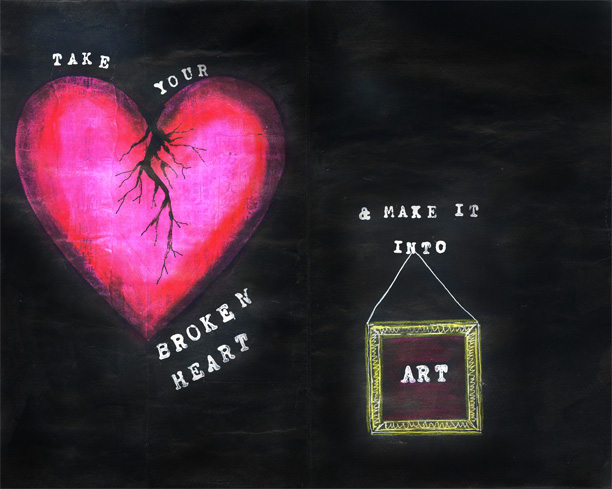What the Heck is an Isolation Coat?
An isolation coat is a clear, permanent coating that separates the surface of a piece from the work done over it.
Often, an isolation coat is applied when a piece is finished. It seals any absorbent areas of the piece, to create an even surface for the final sealer or varnish. It also protects the piece if/when the varnish or final sealer is removed in the future, by separating the surface from any solvents used in removal.
So, an isolation coat can be a protective coating, to keep your sealer from mucking up your finished piece, and also to keep it safe from whatever solvents are used to remove old, cracked varnish from it 100 years from now. In my case, it protects the surfaces of my finished pages and pieces from my solvent-based sealer, Dorland’s Wax Medium, which has an obnoxious habit of wiping pastels and pen work away if it’s applied to a piece that hasn’t received an isolation coat.
Isolation coats can also be used while you’re working on a piece, to protect the work you’ve done from the work applied over it. Here’s a quick video, showing two ways I use isolation coats when I work:

What a great tip!
What product are you using as isolation coat before final cold wax layer? I’ve been doing acrylic and pastel mixed media pieces and spraying with Spectrafix (a casein spray fixative that can be used on all kinds of materials in mixed media and it works great on pastels). Then I have tried using Goldens Soft Gel semigloss as barrier coat and finally Dorlands cold wax. Sometimes the Soft Gel just doesn’t go on smooth, dries really fast and can leave streaks or clumps. Any suggestions?
I generally use matte medium as the isolation coat. I don’t care for gel mediums for this use, because they’re too thick.